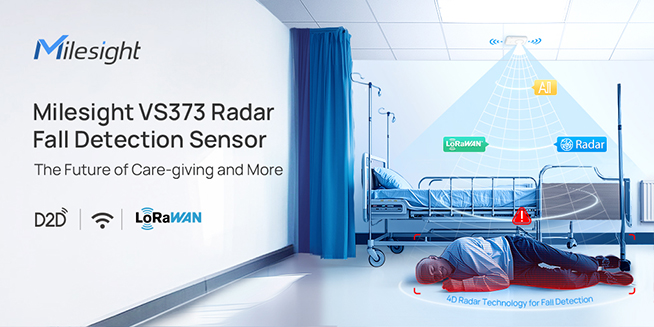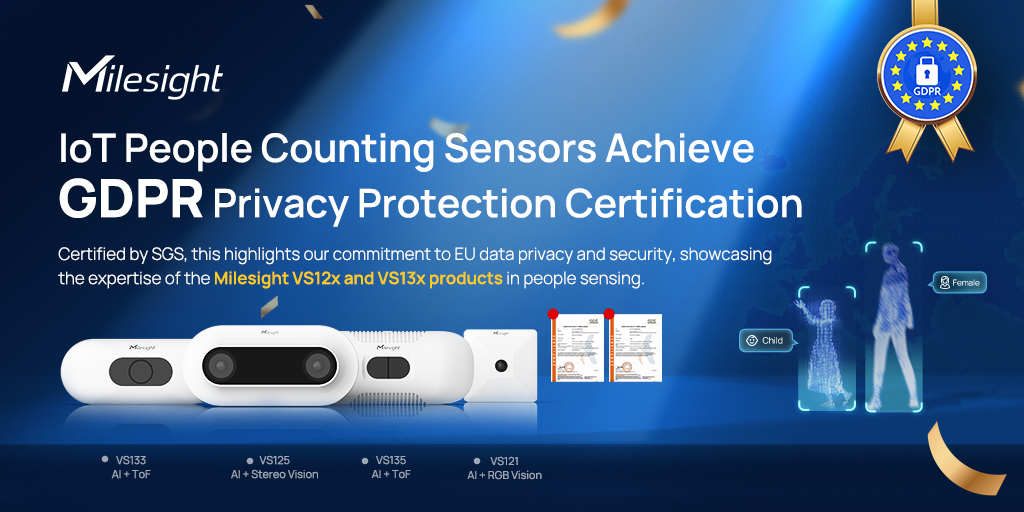Cities are in Need of Traffic Cameras
As cities and towns become more densely populated, facing growing traffic congestion and safety concerns, the need for intelligent traffic camera has been increasing tremendously. According to a report by MarketsandMarkets, the global traffic camera market size is expected to grow from USD 3.1 billion in 2020 to USD 5.4 billion by 2025, at a compound annual growth rate (CAGR) of 11.8% during the forecast period.
The increasing adoption of smart city initiatives, the need for real-time traffic monitoring and management, and the rising demand for advanced surveillance systems for public safety are some of the factors driving the growth of the traffic camera market. In addition, the development of advanced technologies, such as artificial intelligence deep learning, is expected to further fuel the market growth by improving the accuracy and efficiency of traffic cameras. In a way, these cameras can help to manage traffic flow, monitor safety, and provide important data for city planners.

5 Key Considerations for Intelligent Traffic Camera
Several points must be taken into account to ensure that the cameras are effective, efficient, and provide value to the traffic application scenarios. In this blog, we will discuss 5 key considerations for intelligent traffic camera to help you make right decision when choosing the traffic camera.
1. Capture Rate
Capture rate is an important metric for intelligent traffic camera because it directly affects the accuracy and usefulness of the data captured by the cameras. If the capture rate of the cameras is low, important events may be missed or not recorded, which can lead to inaccurate or incomplete data.
Based on years of technical experience accumulation in the video surveillance industry, Milesight Intelligent Traffic Cameras incorporate abundant image technologies, such as ultra high frame rate, motion deblur, starlight, HLC and self-developed LPR Image Mode. In this way, Milesight cameras can provide more complete and accurate results of traffic plates and incidents, which helps transportation officials or authorities to identify and address problems more quickly and effectively.

2. Accuracy
The accuracy of intelligent traffic camera is critical to their effectiveness. The cameras should be able to accurately capture data, such as license plate numbers, speed, vehicle type, make, color and etc. The accuracy of the data will impact the effectiveness of the cameras in managing traffic flow and monitoring safety.
Milesight Traffic Cameras feature AI deep learning LPR algorithms that can achieve highly accurate recognition on plates and various vehicle attributes compared to conventional LPR algorithm. And as the AI algorithms are embedded on board, Milesight Edge AI Traffic Camera greatly saves processing cost and time on back-end devices.

3. Various Data Recognition and Pushing
Data push to a back-end management platform is also crucial for intelligent traffic camera because it enables the platform to do real-time analysis and decision-making based on the data captured by the cameras.
Milesight intelligent traffic cameras capture and recognize a vast amount of data about vehicle attributes and other relevant information. These data can be quickly and comprehensively pushed to a back-end management platform for further analysis, so that to respond fast and effectively to traffic incidents and improve traffic flow and safety.
4. Camera Models for Different Applications
There are various camera models of intelligent traffic camera because each model has unique features and specifications. To better fit the needs of different traffic monitoring and management applications, different camera models should be selected.
For instance, PTZ camera models have high level of zoom, pan, and tilt capabilities, which can impact the camera's ability to capture details of specific incidents or provide a wider view of the traffic situation. Radar camera models with integrated radar module that can measure the vehicle speed. Supplement Light camera models are made for achieving better recognition performance even in low-light environments. Low Power Consumption camera models feature solar-powered energy supply and 4G network connection which are ideal for places where wiring is difficult and costly. Dual Lens camera models can capture fast-driving vehicles and more evidence to improve traffic management efficiency.
Choosing the appropriate camera model for a specific use case, it’ll lead to better decision-making and enhanced traffic flow and safety.
5. Integration
Another important thing to consider when selecting intelligent traffic camera is the ease of integration, because it determines how well the cameras can be integrated into a larger traffic management system. High interoperability will ensure that the cameras are working together with other systems to offer a more streamlined workflow and higher management efficiency.
Milesight Intelligent Traffic cameras are designed with integration in mind. The data that cameras captured and recognized can be easily pushed to relevant third-party systems for further management as needed. Milesight cameras are equipped with various hardware interfaces such as Alarm I/O, RS485 and Wiegand for better integration. Also there are several methods to integrate with third-party systems, including HTTP, TCP, RTSP, Profile M, MQTT and so on. The cameras can work well not only with Milesight back-ends like NVR and Milesight VMS Enterprise, but also third-party VMS like Cathexis, Nx, Milestone, etc.
Want to Start Your Traffic Business Today?
Tailored for the most powerful and easy-to-use traffic monitoring solutions, Milesight Intelligent Traffic cameras are packed with Edge AI LPR algorithms, high-performing hardware, robust structure, a whole series of models and ease of integration to lead the way towards intelligence, ensuring road safety and intelligent traffic management anytime, anywhere. We have prepared a special offer for you to help get started with traffic business easily. Click below to get it started right away!












